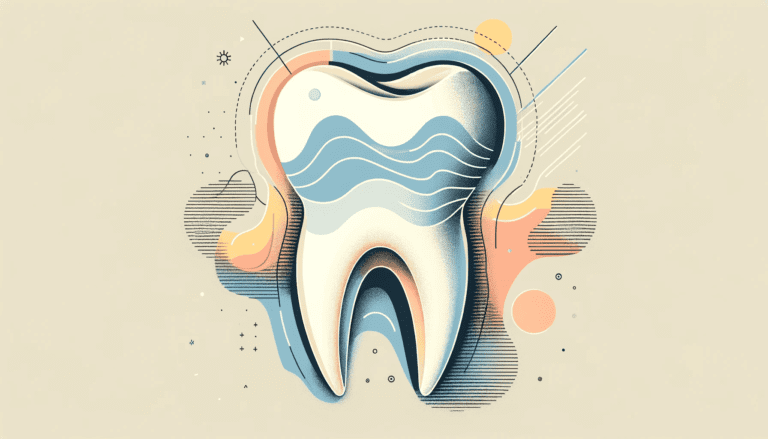- 🦷 Researchers discover that resolvins can regenerate tooth tissue, potentially replacing invasive root canals.
- 🧪 Resolvin E1 shows promise in regenerating living pulp in teeth with early caries, but is less effective in dead tissue.
- 🌐 Beyond dentistry, resolvins could have a significant impact on broader regenerative medicine.
Many people imagined that the 21st century would include flying cars, spaceships traveling to distant stars, and pain-free dentistry. Well, at least now we’re getting closer to achieving the last part. In a new study, researchers have discovered a potential alternative to the dreaded root canal treatment.
This new approach involves using molecules known as resolvins to regenerate damaged tooth tissue. These are natural substances that fight excessive inflammation due to disease. If this treatment proves effective in formal dental practice, it could spare patients, including anxious children, the unpleasant experience of extensive dental drilling and root canals.
Is this the future of dentistry?
A tooth is made up of several layers: the outer hard enamel, the underlying dentin, and the innermost pulp, which houses the vital blood vessels and nerves. Damage to the tooth, such as cavities or cracks, can cause inflammation and infection of the pulp, leading to severe pain.
Currently, root canal therapy (RCT) is the standard treatment for such infections. It involves removing the infected tissue and replacing it with a biocompatible material. However, this process is not perfect as it can weaken the tooth, increasing the risk of future fractures.
“Root canal treatment (RCT) is effective but has some problems as you remove significant portions of the dentin and the tooth dries out, leading to a greater risk of fracture down the road. Our goal is to find a method to regenerate the pulp, instead of filling the root canal with inert material,” says lead author Dr. Thomas Van Dyke, Vice President in the Center for Clinical and Translational Research at Forsyth Institute.
Resolvin E1 (RvE1) and similar molecules, part of a group called Specialized Pro-Resolving Mediators (SPMs), have previously shown promise in controlling inflammation caused by infections. When applied to living, infected dental pulp in mice, RvE1 effectively regenerated the tissue.
The study, conducted in mice, shows that while RvE1 can regenerate living pulp with early stages of caries, it is less effective in highly infected or dead pulp. It slows down infection and reduces inflammation, but does not regenerate dead tissue. Patients who come late to the dentist may not be spared root canals after all. However, while RvE1 could not regenerate severely infected and necrotic pulp, it effectively slowed infection rates and counteracted inflammation. This means it could prevent more serious complications, such as abscesses, in such cases.
Further research is needed to determine the efficacy and safety of RvE1 in human applications. However, this discovery offers a glimpse into a future where painful dental procedures like root canals could become a thing of the past, replaced by treatments that regenerate and heal.
Elsewhere, other scientists are working to revamp dentistry. Chinese scientists at Zhejiang University and Xiamen University have developed a special gel that can help tooth enamel to repair itself by replacing fillings.
Interestingly, the implications of this study extend beyond dentistry. Dr Van Dyke points out that since RvE1 promotes the formation of stem cells capable of differentiating into various tissue types, its potential in wider regenerative medicine is huge.
“Because the application of RvE1 to the dental pulp promotes the formation of the type of stem cells that can differentiate into dentin (tooth), bone, cartilage or fat, this technology has enormous potential for the field of regenerative medicine beyond tissues in teeth. . It could be used to grow bones in other parts of the body, for example,” he said.
The findings appeared in Journal of Dental Research.


